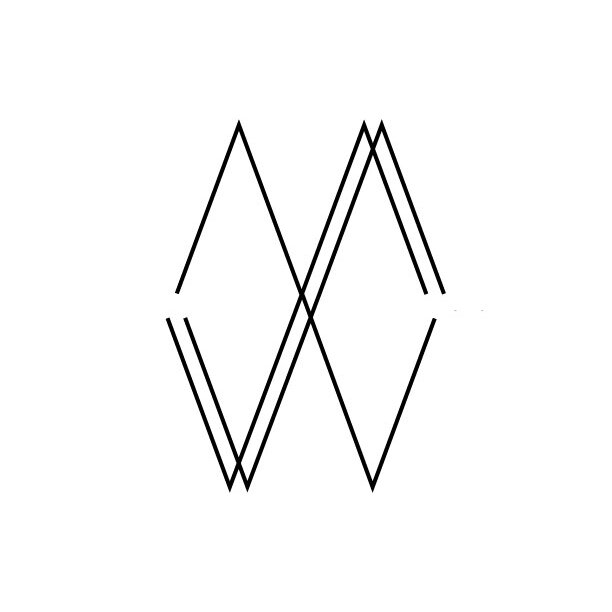Mats of Practice
Take a moment to read the philosophy behind Coucou Home. If you connect with it, then sign up for my monthly newsletter.
Yoga, like other practices that activate qi or prana, creates a space for self-development and presence. How can we use what we learn on the mat elsewhere in our life or in our creative development?
A wise yoga teacher once told me that "We can always find an excuse to avoid the mat." For those of us who have incorporated yoga into their life, the benefits of a practice outweigh the commitment of time—yet inevitably the excuses pile up and our mat becomes a rolled up fixture in the corner of a room. Why is that? Usually, when we return to our mats it’s to reorient. Yet, if we had been practicing even a little bit every day, we would experience flow both on the mat and in life every day.
Yoga is an aerobic activity for a lot of people—you've seen the drenched Bikram students—but it can also be a metaphor for life that teaches us how to breathe into our experiences. Let me explain. While on the mat, holding a posture, even one that seems easy, becomes intense as lactic acid builds up in the muscle. Breathing soothes the burning sensation because oxygen breaks down the lactic acid, and then converts it to energy. Paradoxically, each breath extinguishes the fire.
Off the mat, fires rage in the form of deadlines, disagreements, and increasing demand for our attention. When we are stressed out our bodies release high levels of cortisol, which, over time, leads to permanent damage to the immune system. A recent study showed that breathing through the diaphragm, rather than into the lungs, improves cortisol levels. Pausing to breathe at the first sign of stress is the healthiest way to deal with it.
“Every posture in yoga is a teacher.”
Every posture in yoga is a teacher, but a favorite of mine is balasana. In Sanskrit, bala means "child". Balasana is the posture many students return to between rigorous asanas to steady their breath, but it’s also a counter pose for backbends and may sometimes begin or end a series of asanas.
Balasana begins by sitting on your knees with your shins beneath you. Then, depending on the purpose of your balasana, you can either move forward toward the earth with your arms and hands reaching in front of you for an active posture, or allow your arms to fall alongside either rib for a more relaxing pose. This posture is about being in the moment.
Extensive research on creativity reveals that after childhood, our ability to be creative decreases exponentially. A critical ingredient for creativity is presence. Children often don’t think about the past since their life is relatively short—and limited by a developing cognition, the meaning of the word "future" is a difficult concept to grasp. Balasana transforms us into the children we once were playing on to the ground, reminding our body of what it feels like to be in the moment.
Yoga, like other practices that activate qi or prana, creates a space for self-development and presence. Our action on the mat can be replicated elsewhere, whether it’s 15 minutes of solace before our kids awake, a walk around the block, or committing to unplugging a few times during the week. Whatever "mat" we chose, we must embrace our practices with the thrill of a child and the dedication of a Yogi.
Coucou Home is a place to feel refreshed, find heart sustenance, and heal your spirit. For this reason, it will always be ad-free. If you enjoy my work and value creativity in the world, please consider becoming a patron by making a donation in any amount. Your support is greatly appreciated! Thank you!

